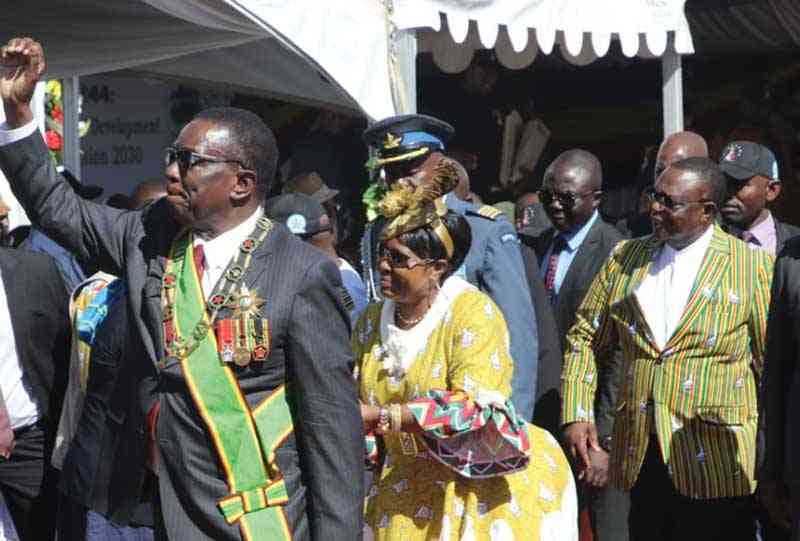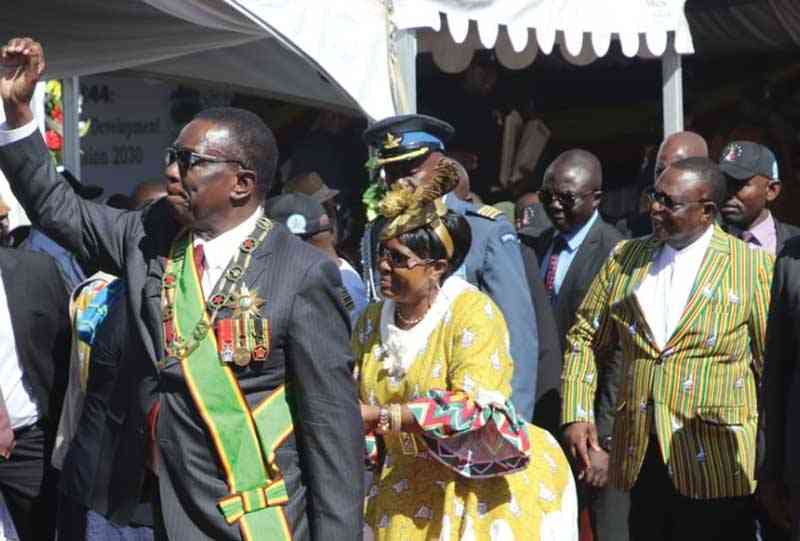
Africa in general and Zimbabwe in particular, is the least-electrified place in the world, with just a fraction of its population having access to electricity.
Whenever there is electricity, spontaneous power cuts are the order of the day. And if Zimbabweans were litigious they would make money by suing the Zimbabwe Electricity Supply Authority for careless service.
Solving this huge problem is made more difficult by widespread poverty and poor governance, and because the majority of the people live far from the grid, which greatly adds to the cost of bringing electricity to them.
Hence, dam construction is on the rise. Water harvesting is becoming key each passing year as Africa grapples with imminent water short supplies due to changing weather patterns.
The world is recording higher temperatures in summer, prolonged dry spells and acute winters where sub-zero temperatures are common. These adverse conditions have impacted on clean/fresh water availability.
The World Bank and many of Africas energy planners are pinning their hopes for African electrification on something as ephemeral as the rain, by pushing for a slew of large dams across the continent.
World Bank energy specialist Reynold Duncan told an energy conference last year that Africa needs to greatly increase its investments in hydro power.
Duncan said regimes and investors should not hesitate to look at dodgier assets such as hydro power, adding only 5% of Africas hydro potential had been tapped. But risky is right.
- Chamisa under fire over US$120K donation
- Mavhunga puts DeMbare into Chibuku quarterfinals
- Pension funds bet on Cabora Bassa oilfields
- Councils defy govt fire tender directive
Keep Reading
Most dams are being built with no examination of how climate change will affect them, even though many existing dams are already dogged by drought-caused power shortages.
Climate change has dramatically altered the dynamics of many Zimbabwean in particular and African rivers in general, worsening both droughts and floods. In this climate, the proposed frenzy of African dam building could be literally disastrous.
Unprecedented flooding will cause more dams to collapse and hasten the rate at which their reservoirs fill with sediment. Meanwhile, worsening droughts will mean dams will fail to meet their power production targets.
Dams are not inexpensive investments: Just developing one of these dams, Kunzvi Dam near Harare, is expected to gobble at least $1 billion, while Tokwe Murkosi is estimated at $500 million.
Yet these huge projects are doing little to bridge the electricity divide in Zimbabwe. So, what is needed is a major decentralised-power rollout of renewables and small power plants to build local economies from the ground up, not the top down. But thats not where the money is right now.
With this in mind, it is not surprising that Water Resources Development and Management minister Samuel Sipepa Nkomo last week clashed with Matabeleland Zambezi Water Project (MZWP) chairperson Dumiso Dabengwa over the construction of the pipeline.
Dabengwa being Zapu leader and Sipepa an MDC-T MP, one wonders whether the two quarrelling over the construction of the pipeline linking the mighty Zambezi River to the Matabeleland region, are doing it for the sake of the populace or are making political considerations.
Dam construction must be prioritised according to needs considering the economic and social impact on the communities where they are constructed. Major dams on the cards are: Kunzvi (Harare), Mtshabezi, Gwayi-Shangaani and Bubi (Matabeleland regions), Tokwe-Murkosi (Masvingo) and Matezva (Bikita), among others.
With the typhoid outbreak in Harare, it is imperative that to guarantee adequate water supplies for domestic, industrial and agricultural uses, these dams are geographically spaced as they are expected to become pillars spurring economic growth throughout Zimbabwe.
These examples of heavy dam-building activity hint at the gamut of major problems they present. Giant dams always promise progress and development, but what the reality on the ground shows are displaced and impoverished people, ecologically fragmented and damaged rivers, and downstream victims of destroyed livelihoods and impounded residues.
Cosmic dams also expand the habitat of waterborne disease trajectories such as malaria, and can trigger devastating earthquakes by increasing seismic stresses.
Paradoxically, dams often fail to deliver their projected benefits and usually wind up costing more than predicted. And although hydro power is touted as a solution to climate change, many dams actually emit massive quantities of greenhouse gases.
As Indian activist Arundhati Roy puts it: Big dams are to a nations development what nuclear bombs are to its military arsenal. Theyre both weapons of mass destruction.
If dams wreak havoc with peoples lives and ecosystems, and are increasingly risky in a warming world, why do they continue to be built and promoted? And why are they now being hailed as a source of green, renewable energy?
One of the main reasons could be vested interests, and these attractions frequently trump the impacts on people and ecosystems, and the need to develop sustainable economies in the midst of a growing water and food crisis.
Needless to say, corruption also plays a key role. A dam involves a huge upfront investment of resources, making it easy for officials and politicians to skim some off the top. MZWP was first mooted in 1912, and since then money has been set aside, but 100 years later the project isnt halfway through.
Kunzvi and Tokwe-Murkosi are more than 10 years old, but funds have always run short. Curious, isnt it? Healthy rivers, like all intact ecosystems, are priceless. Zimbabwe should do everything in her power to protect these irreplaceable lifelines.
And, one important step is not to copy the problem-filled energy model developed by industrialised countries decades ago.











